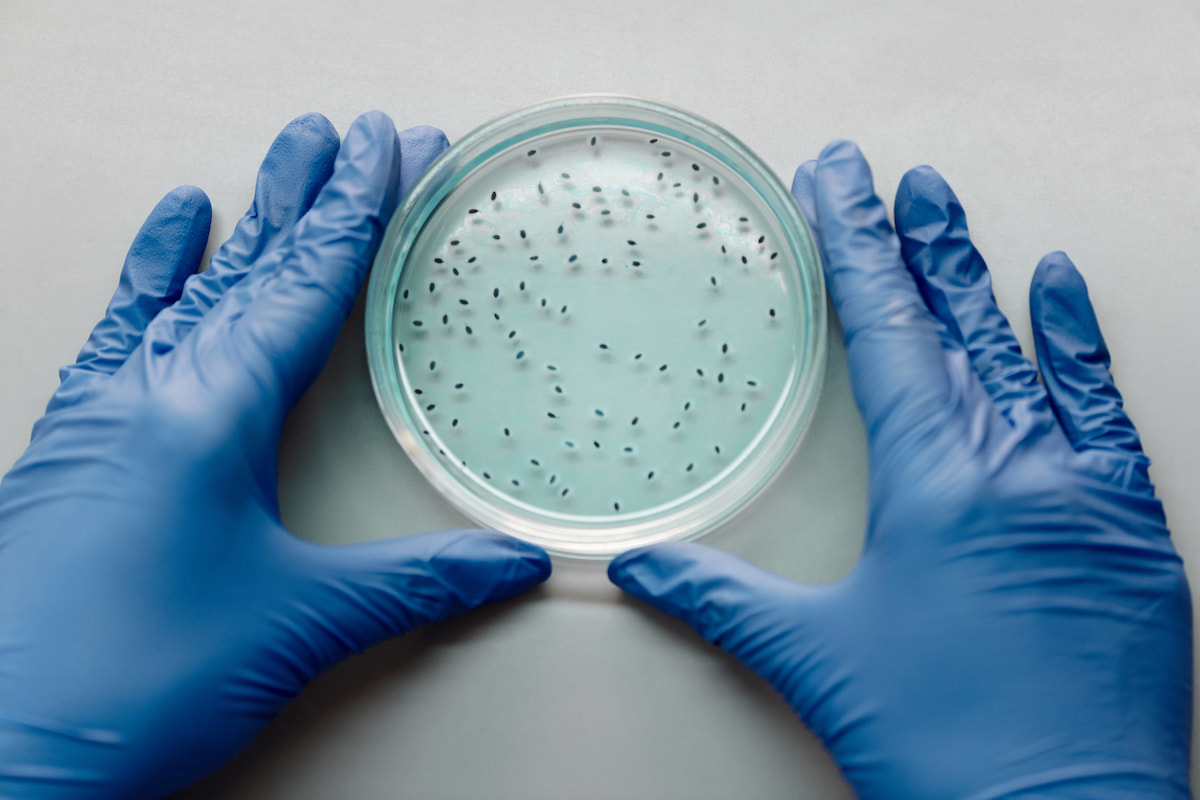Plastic pollution is a growing concern for our oceans, with one of the biggest culprits being a type of plastic called polyethylene terephthalate, or PET. You might recognize it from your water bottles, clothing, and more. PET is a major contributor to microplastic pollution in our oceans, but now there’s hope on the horizon.
A group of scientists from North Carolina State University has made an exciting breakthrough. They’ve genetically engineered tiny marine organisms to eat away at PET plastic in saltwater. Imagine tiny superheroes of the ocean, fighting to clean up our mess. Let’s dive into the details of this incredible discovery.
The Breakthrough
Imagine if we could take plastic out of the ocean and turn it into something useful instead of letting it harm marine life. Nathan Crook, an assistant professor of chemical and biomolecular engineering at North Carolina State University, had the same idea. He and his team have been hard at work to make it a reality.
They used two types of bacteria in their research. The first one, called Vibrio natriegens, lives in saltwater and reproduces super quickly. The second one, Ideonella sakaiensis, is special because it has enzymes that can break down PET plastic. These enzymes are like tiny tools that can chop up the plastic into smaller pieces that are easier to deal with.
The scientists took the genes responsible for producing these magical enzymes from I. sakaiensis and put them into a genetic sequence called a plasmid. Plasmids are like cheat sheets that bacteria can use to follow instructions. So, the researchers “snuck” this plasmid into V. natriegens bacteria, and guess what happened? V. natriegens started producing those incredible PET-chopping enzymes on its cell surface.
Why this is so great
This is a huge scientific milestone for a couple of reasons. First, it’s the very first time anyone has managed to get V. natriegens to use foreign enzymes on its cell surface. It’s like getting your dog to learn a new trick, but way cooler!
Second, and more importantly, this is the first genetically modified organism that can break down PET microplastics in salty seawater. Imagine the ocean as a giant swimming pool filled with plastic. Now, picture having a superhero microbe that can dive in and clean it up. That’s what these bacteria are doing!
The Hurdles Ahead
But, like all superheroes, our tiny plastic-eating bacteria have some challenges to overcome. First, the researchers want to make the bacteria even better at breaking down plastic by directly putting the I. sakaiensis genes into V. natriegens’ own DNA. This way, it will always produce those useful enzymes.
Next, they’re working on teaching V. natriegens to enjoy a little plastic snack by modifying it to feed on the byproducts of plastic breakdown. That way, it can be like a plastic recycling machine.
Lastly, they want V. natriegens to produce something valuable from the plastic it eats, like a molecule that the chemical industry can use. This part is the easiest of the challenges, believe it or not.
Collaboration with Industry
The scientists are also open to working with industry groups to figure out which molecules would be most useful. Think of it as teaming up with businesses to create valuable products from plastic waste.
In a world drowning in plastic, this research is like a lifeboat for our oceans. It’s a fantastic step toward cleaning up our mess and turning plastic pollution into something good. As we continue to explore and improve these tiny plastic-eating heroes, we might just save our oceans and the creatures that call them home.
So, here’s to the future, where science and nature work hand in hand to keep our planet clean and beautiful. Thanks to the hard work of these North Carolina State University researchers, the ocean’s future is looking a little brighter today.
Learn more on our website!


